Hyundai’s KONA deploys design to win new admirers
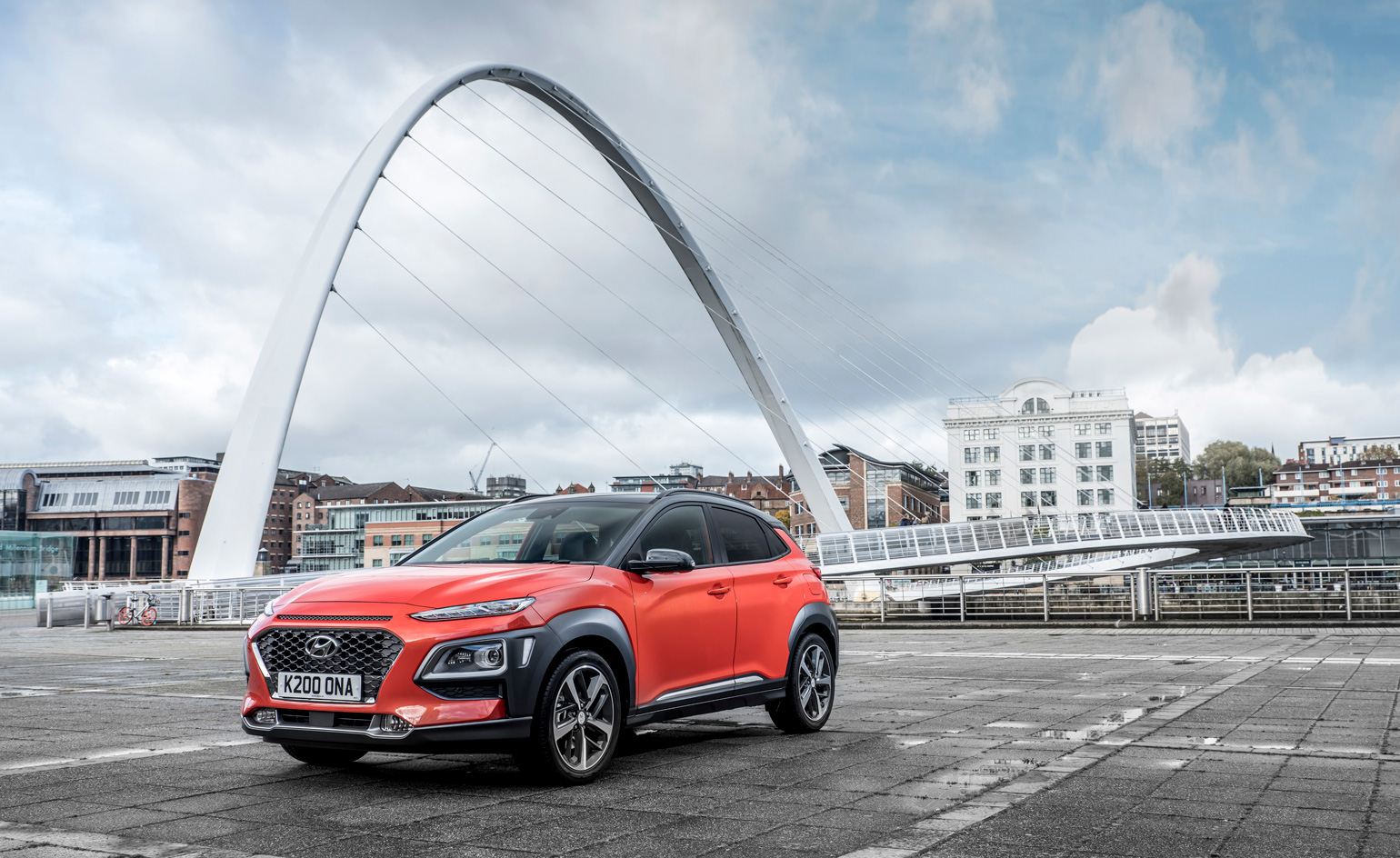
Hyundai’s design renaissance has been widely reported. Not content with steadily improving its reputation for reliability and no-nonsense engineering, the Korean manufacturer, made the bold decision to pitch its models upmarket. To do this, just over a decade ago it deployed the not inconsiderable talents of Peter Schreyer, the German designer who made his name at the Volkswagen Group, helping steer Audi in particular towards its rock-solid image of towering Teutonic design excellence.
Schreyer is now both Chief Designer and a company president, and the company’s fortunes have been transformed. Price-wise, Hyundai tends to aim itself squarely and unashamedly at the middle market; it’s a company that believes in value but is also keen to banish any low-budget implications. Pair the Schreyer design sensibility with a steely resolve to do things more efficiently than its rivals in Europe or Japan, and you get an atypical car company, one that is untrammeled by the demands of brand and image. As a result, its customers tend to have a similar attitude.
This is the new Hyundai KONA. The quirky urban-centric mini SUV vehicle is a mainstay of almost every car maker’s range these days, from high to low end, and it’s taken Hyundai a while to follow suit. It’s also why the KONA has to stand out, and why there is so much busy design in this sector. The energetic surfacing and over-sculpted forms of close rivals like the Nissan Juke and Toyota CH-R have laid a blueprint for the modern compact crossover: it’s a car that makes a statement.
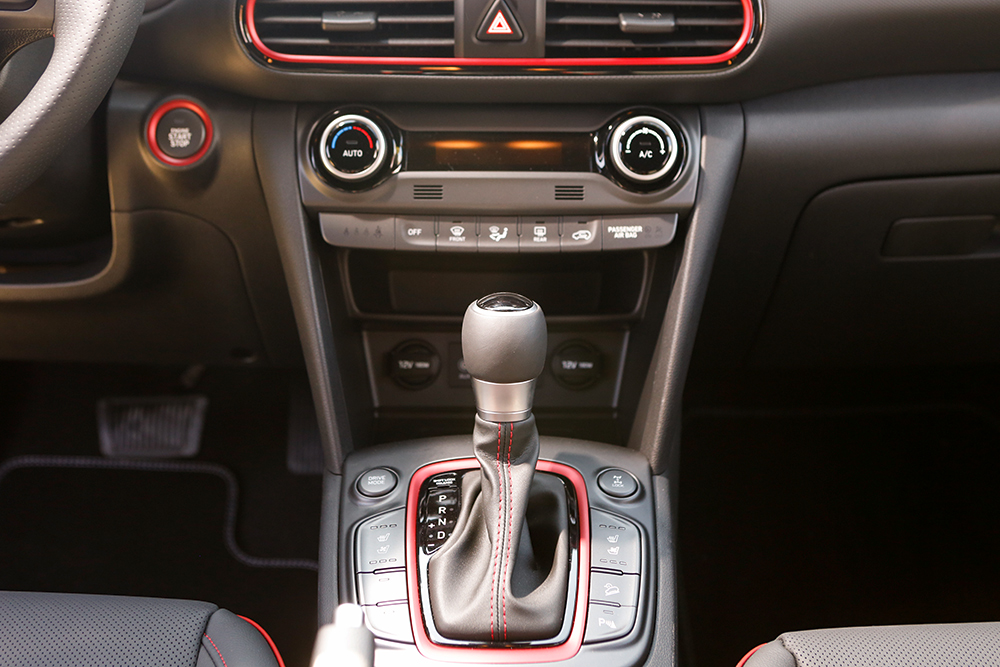
Hyundai KONA, interior view
The KONA is no different. Visually, there’s a hell of a lot going on here, from the chunky plastic wheel arches that bleed into the front and rear light surrounds, or the kinked C-pillar and ‘floating’ roof, while the car’s flanks are fashionably pinched to make a chamfered, slender mid-section. Hyundai’s fluid design language isn’t as baroque as its rivals, and the emphasis on ‘fluidic sculpture’ is designed to combine organic and artistic influences. The end result is futuristic but also rather more timeless than other manufacturers; there’s no novelty for novelty’s sake. Impressively, the KONA all hangs together (although the insistence on pasting bits of body coloured trim all over the cabin goes a bit far).
The KONA is fundamentally a very likeable car. It’s functional without being bland, carefully styled without being gauche and technically very competent. The high levels of equipment shame many of its rivals and behind the wheel it has that soft, easy drivability that probably appals purists but is a pleasure to deal with 90% of the time.
The auto industry is in the midst of massive upheaval. Hyundai – and its sister company Kia – finds itself very well placed, especially amongst the army of consumers who never much cared for the rigid market pigeonholing practiced by the big brands. With electric and autonomous cars waiting in the wings (and there’s no indication that Hyundai is any different in this respect), the industry is expecting a new generation of consumers with a completely different approach to buying and using cars. Without the baggage of brand and with the benefit of strong design, the company is set to be quietly revolutionary in years to come.
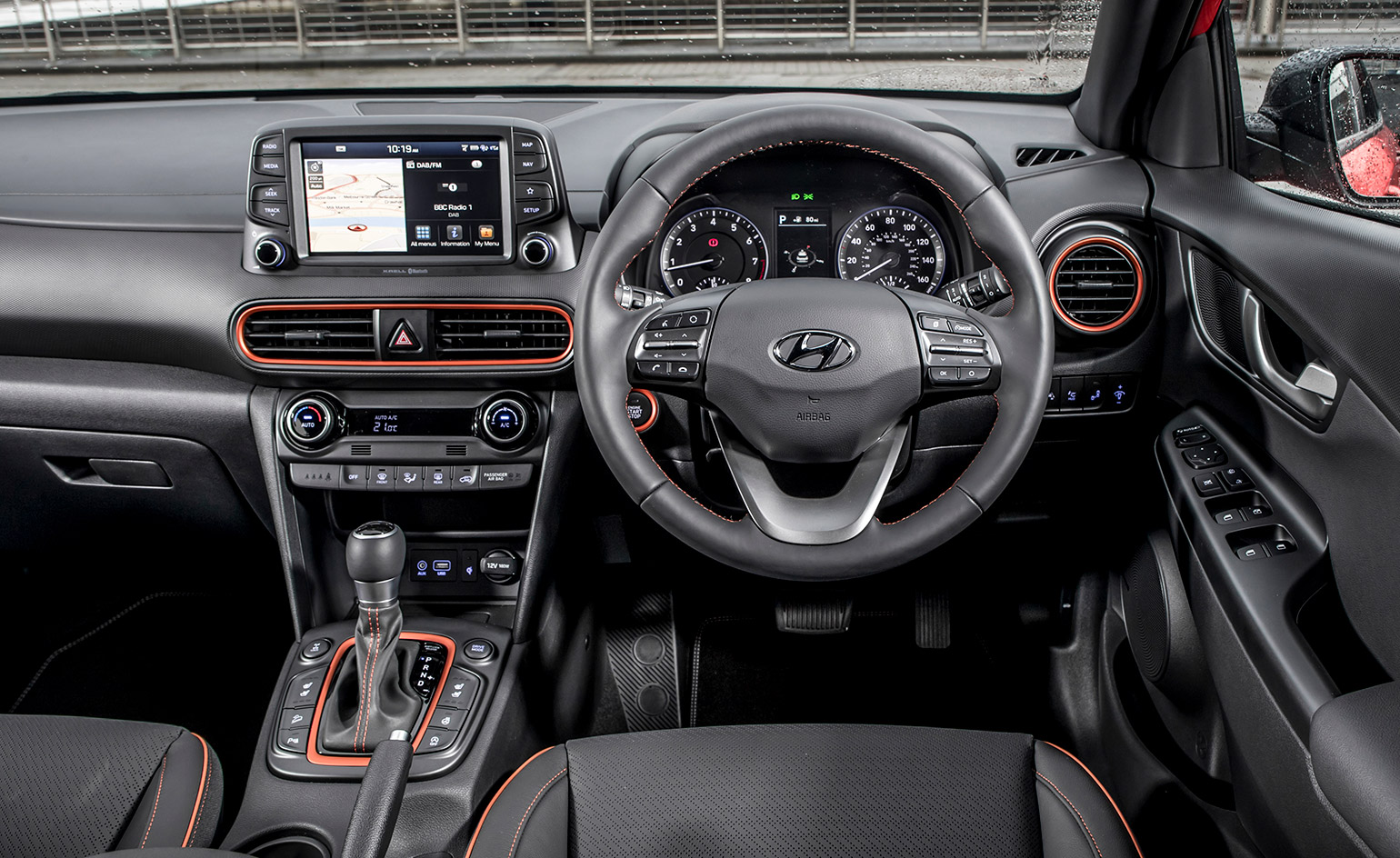
Behind the wheel, high levels of equipment shame many of its rivals, and it has a soft, easy drivability
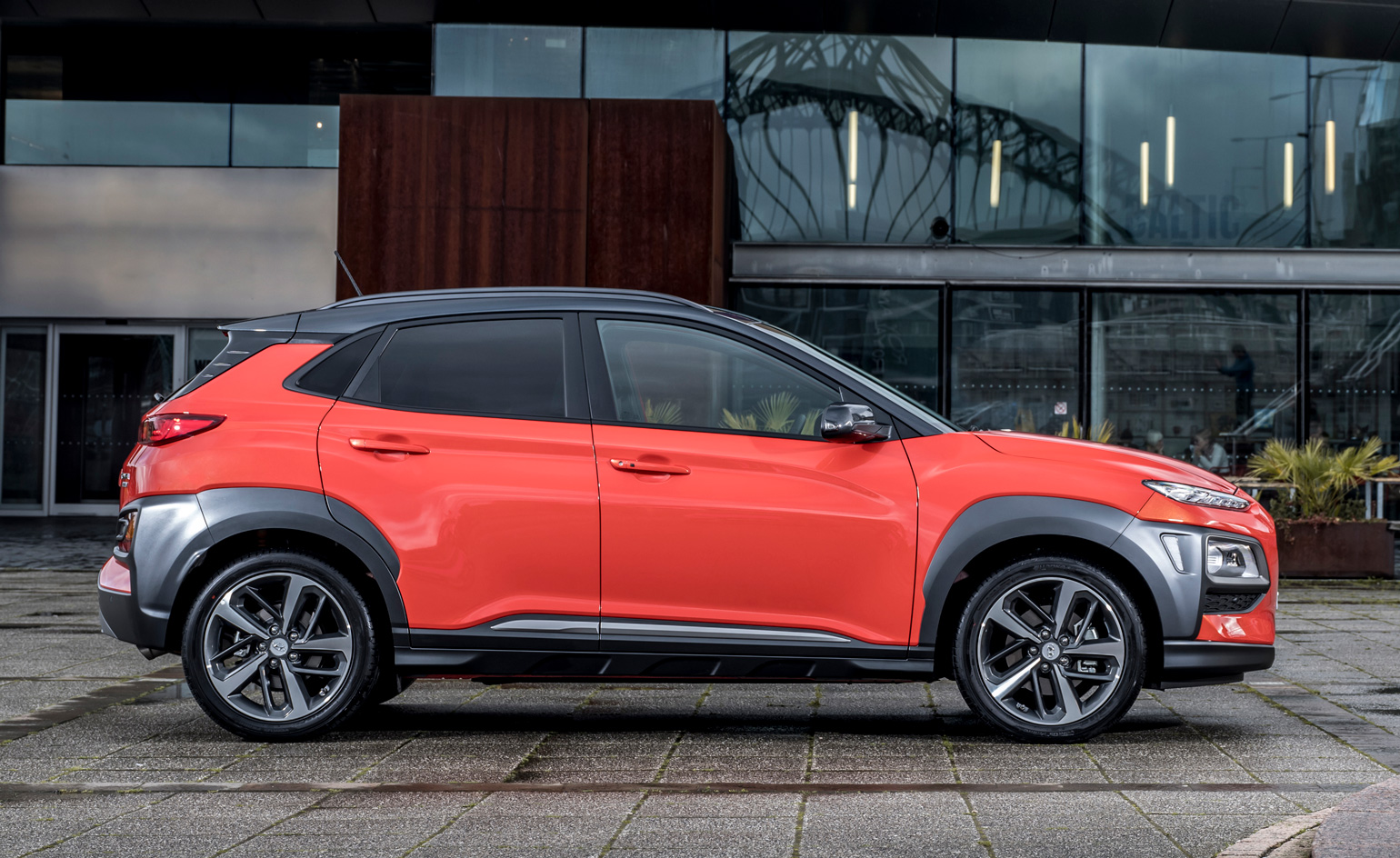
The vehicle’s flanks are fashionably pinched to make a chamfered, slender mid-section
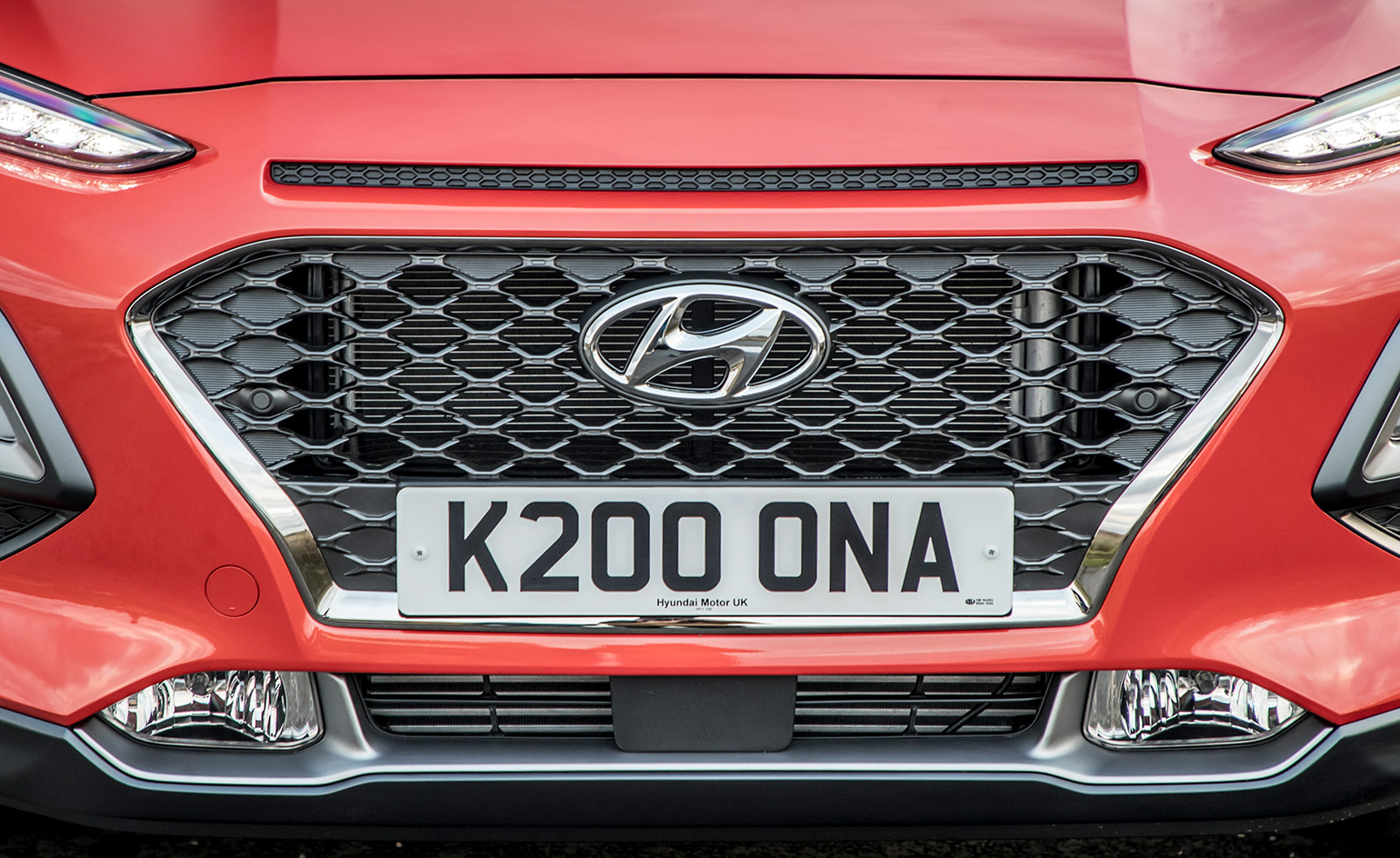
The emphasis on ‘fluidic sculpture’ is designed to combine organic and artistic influences
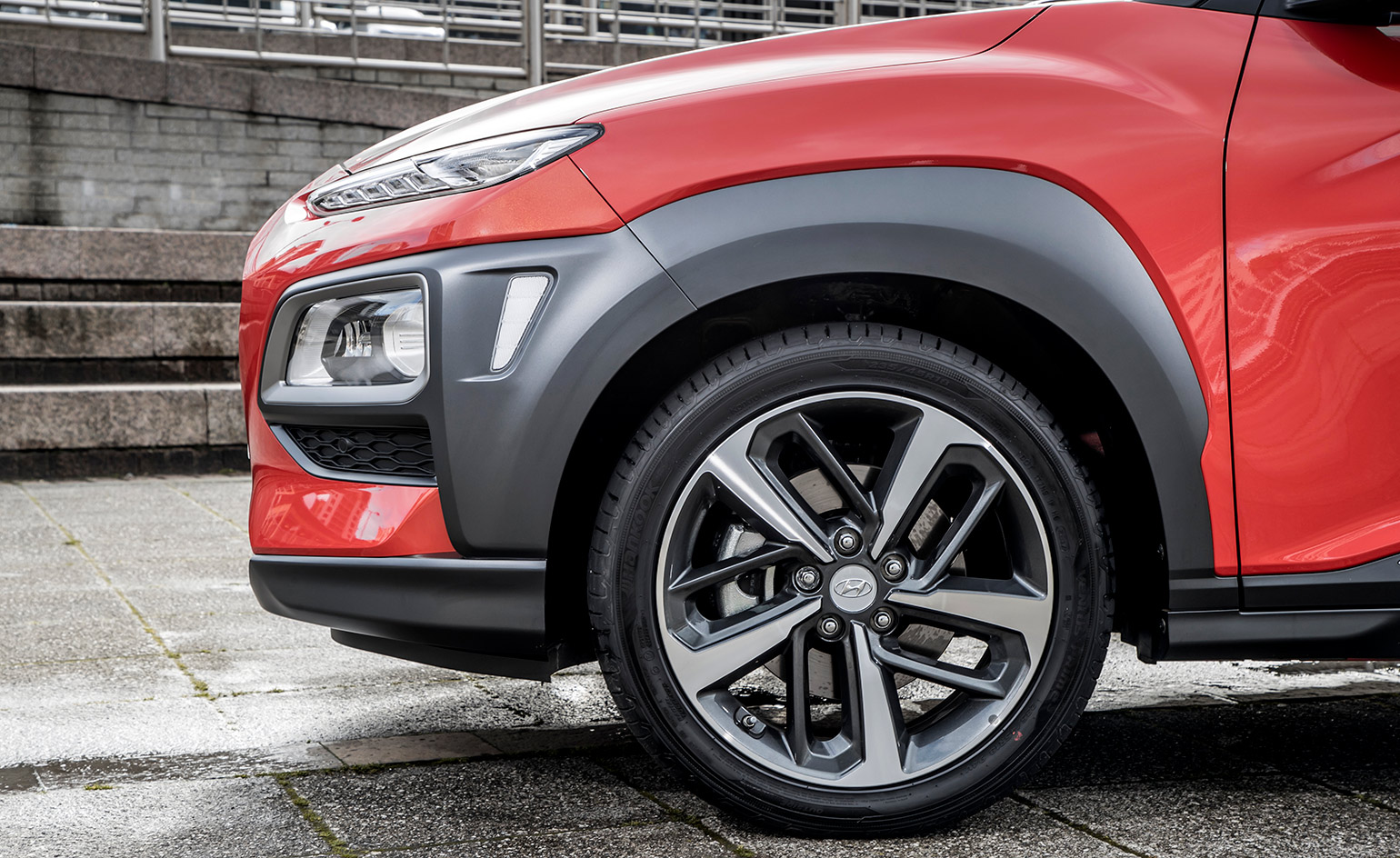
Chunky plastic wheel arches cover the front and rear light surrounds
INFORMATION
Hyundai KONA, from £16,195
Receive our daily digest of inspiration, escapism and design stories from around the world direct to your inbox.
Jonathan Bell has written for Wallpaper* magazine since 1999, covering everything from architecture and transport design to books, tech and graphic design. He is now the magazine’s Transport and Technology Editor. Jonathan has written and edited 15 books, including Concept Car Design, 21st Century House, and The New Modern House. He is also the host of Wallpaper’s first podcast.
-
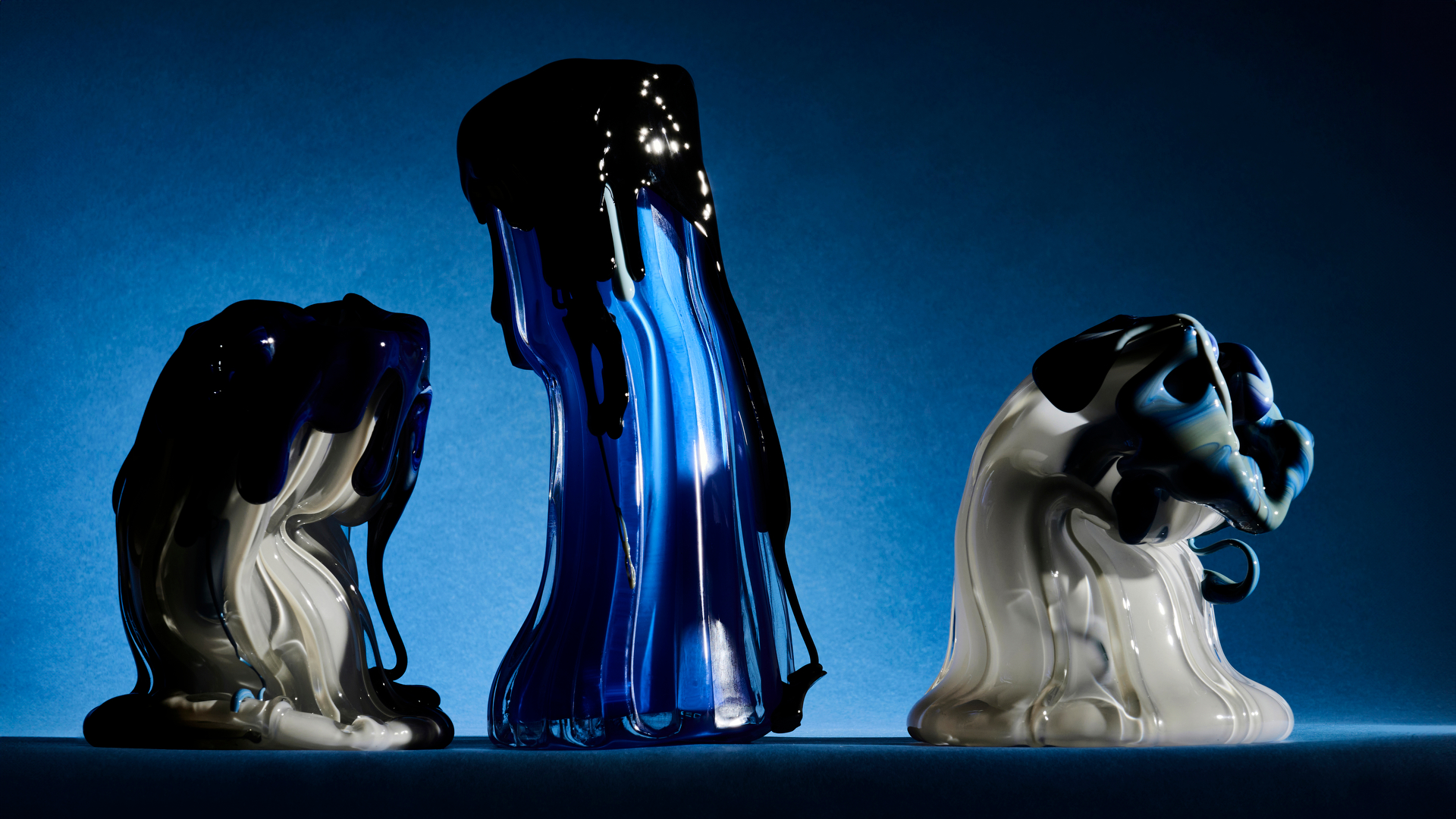 Glass designer Silje Lindrup finds inspiration in the material's unpredictability
Glass designer Silje Lindrup finds inspiration in the material's unpredictabilityWallpaper* Future Icons: Danish glassmaker Silje Lindrup lets the material be in charge, creating a body of work that exists between utility and experimentation
-
 Top 10 architecture moments of 2025
Top 10 architecture moments of 2025Architecture & environment director Ellie Stathaki picks the top 10 architecture moments of 2025, to recount, remember and reassess
-
 Step inside this perfectly pitched stone cottage in the Scottish Highlands
Step inside this perfectly pitched stone cottage in the Scottish HighlandsA stone cottage transformed by award-winning Glasgow-based practice Loader Monteith reimagines an old dwelling near Inverness into a cosy contemporary home
-
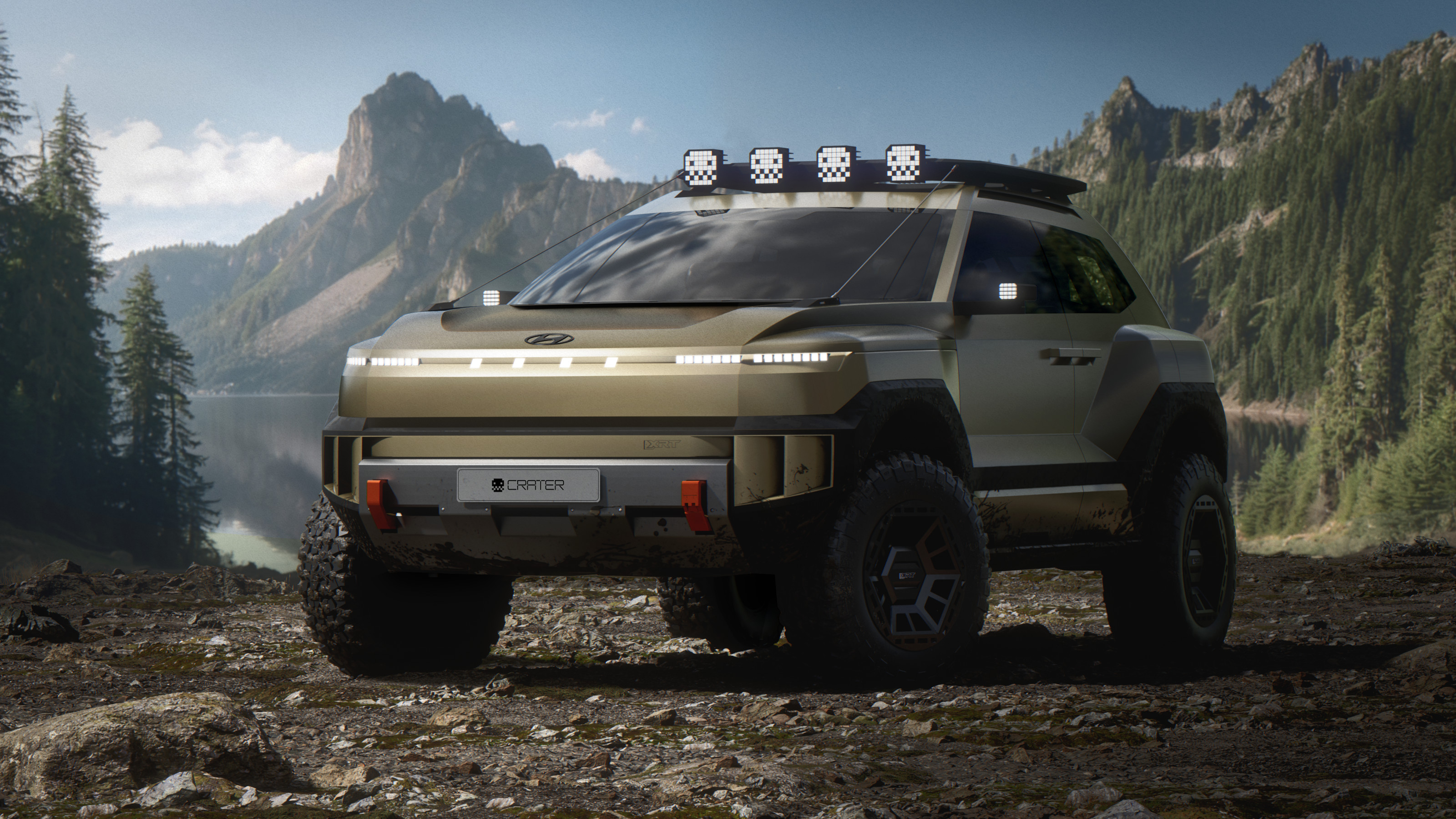 The future of off-road is encapsulated in Hyundai’s rugged Crater Concept
The future of off-road is encapsulated in Hyundai’s rugged Crater ConceptAn exploration of the future form of Hyundai’s XRT sub-brand, the Crater Concept is designed to roam where no one else goes
-
 All the new electric cars and concepts revealed at Munich’s IAA Mobility 2025
All the new electric cars and concepts revealed at Munich’s IAA Mobility 2025Munich’s alternative motorshow is now in its third iteration, combining a traditional exhibition space with a conference and large-scale public activations on the streets of the city
-
 An instant modern classic, the new Hyundai Inster is an all-conquering, all-electric city car
An instant modern classic, the new Hyundai Inster is an all-conquering, all-electric city carSmall EVs are making big waves as the tech continues to evolve. Hyundai shows everyone else how to do it
-
 The raucous Hyundai Ioniq 5N EV has the sound and feel of an old school sports car
The raucous Hyundai Ioniq 5N EV has the sound and feel of an old school sports carHyundai is an unlikely saviour of the sporting EV, finding new ways of transforming the sheer power of electrification into an engaging, albeit old school, driver’s car
-
 All the best bits from Goodwood Festival of Speed 2025
All the best bits from Goodwood Festival of Speed 2025As car makers switch their allegiance to the sunny West Sussex countryside as a place to showcase their wares, a new generation of sports cars were sent running up that famous hill
-
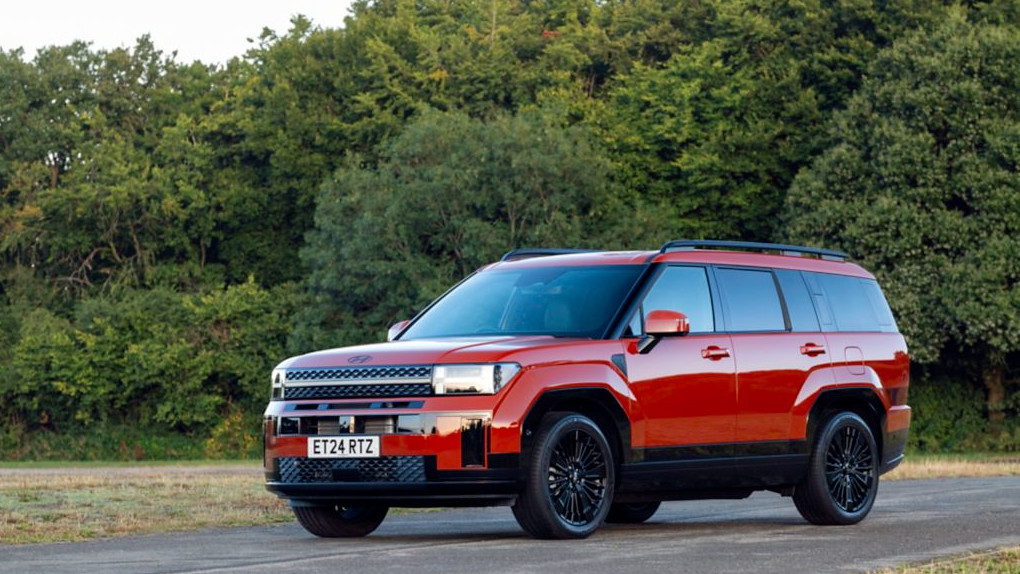 Comfort, kit and enduring aesthetics make the Hyundai Santa Fe utilitarian and upmarket
Comfort, kit and enduring aesthetics make the Hyundai Santa Fe utilitarian and upmarketTough looks conceal premium features as Hyundai takes its plug-in hybrid SUV upmarket. Wallpaper* tries out the stylish new South Korean 7-seater
-
 Our pick of the reveals at the 2025 New York Auto Show, from concept SUVs to new EVs
Our pick of the reveals at the 2025 New York Auto Show, from concept SUVs to new EVsInterest in overseas brands remained strong at this year’s NY Auto Show despite the threat of tariffs designed to boost American-owned brands
-
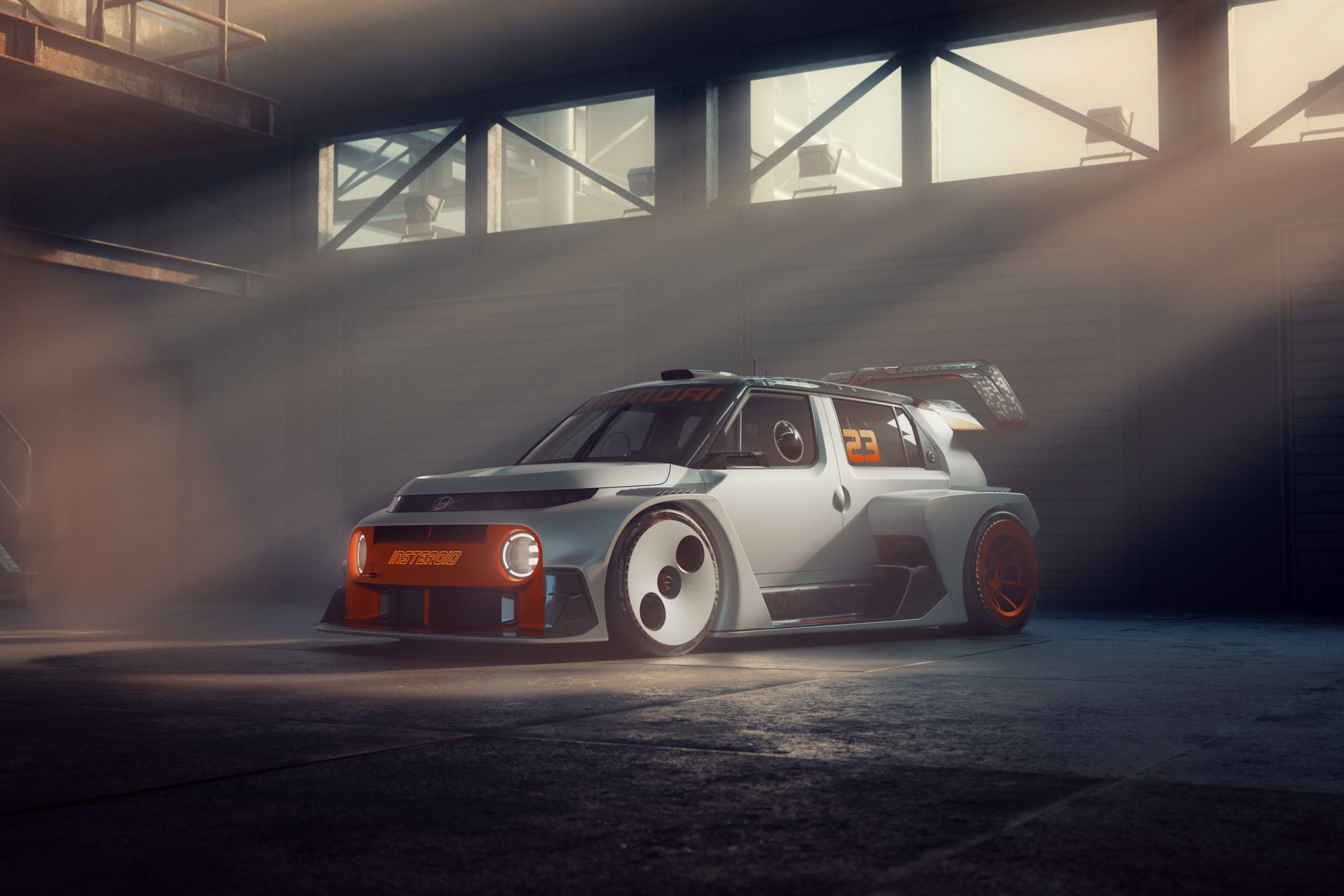 2025 Seoul Mobility Show report: all that's new and notable
2025 Seoul Mobility Show report: all that's new and notableOpened at a time of high national drama, the 2025 Seoul Mobility Show has gone on to underscore Korea’s place at the cutting edge of the auto industry. Guy Bird was there